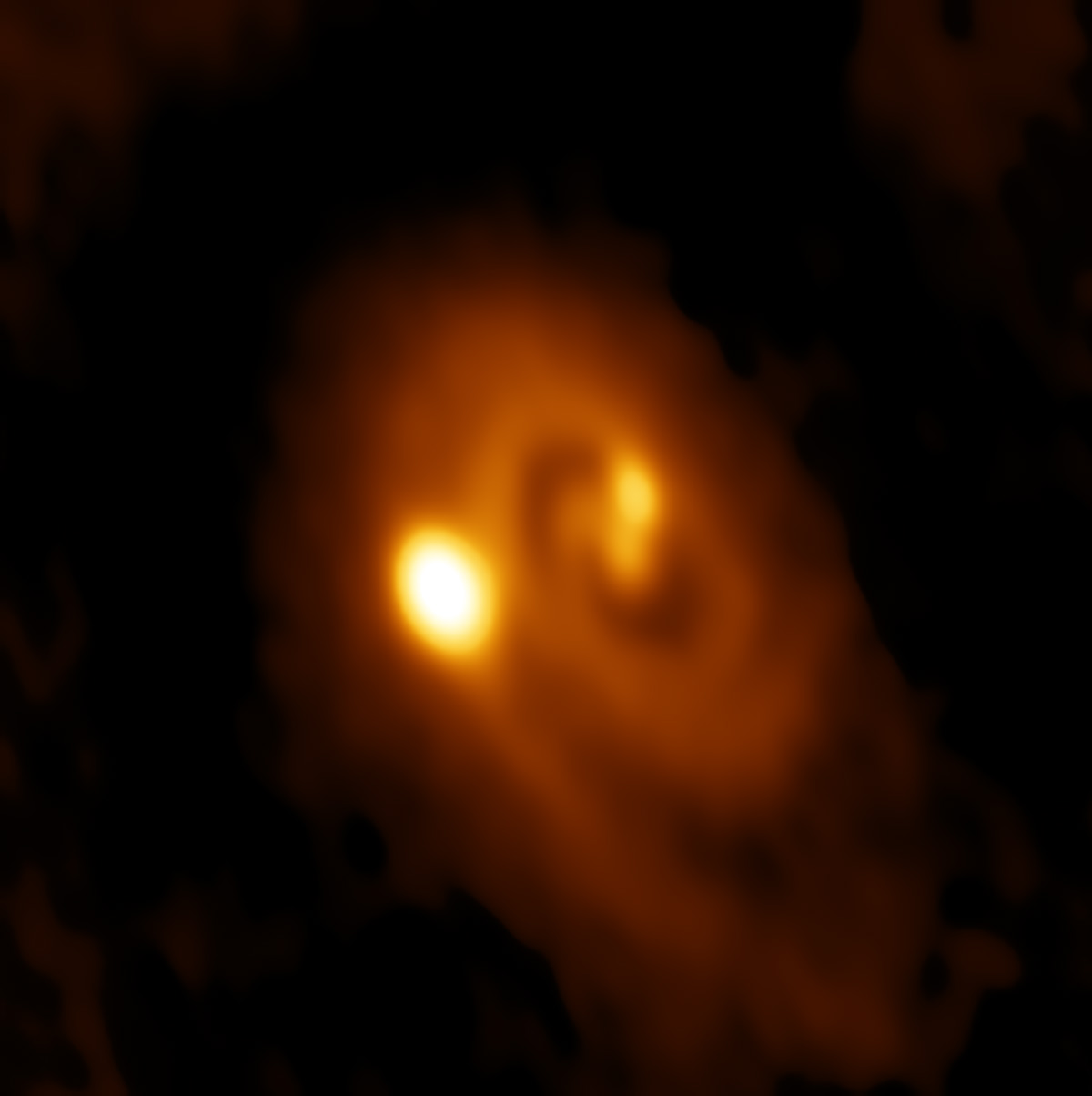Magnetized Turbulence and its Role in Primordial Star Formation

Image credit: NASA/WMAP Science Team
Following Big Bang nucleosynthesis, the universe was populated primarily with hydrogen and helium; however, today we measure substantial abundances of much heavier elements (“metals”). The literature currently attributes the initial production of these heavier elements to the deaths of massive primordial stars, known as Population (Pop) III stars, that formed in metal-free molecular clouds.

Image credit: Bill Saxton, ALMA (ESO/NAOJ/NRAO), NRAO/AUI/NSF.
The details of general star formation are an ongoing topic of research, exacerbated in the context of Pop III stars given the lack of direct observational data for comparison. Given how early in cosmic time these stars would have formed, the largest and by extension brightest stars would have already undergone supernovae explosions, leaving behind faint neutron stars or non-detectable black holes. The smaller Pop III stars are likely still on the Main Sequence, burning hydrogen in their cores, and are theoretically still observable. Unfortunately, these stars are also quite faint, increasing the difficulty in observationally confirming the exitence of Pop III stars.
Without observational data, it has thus become necessary to study the formation and evolution of Pop III stars through robust hydrodynamical and cosmological simulations as an aid for understanding the early universe. Primordial clouds of molecular hydrogen were the sites of cosmological star formation as fragmentation within these gaseous structures formed dense regions of material that cultivated growth of protostars. The details of this process involve many pieces of physics, with both magnetized and non-magnetized turbulence considered potentially significant phenomena.